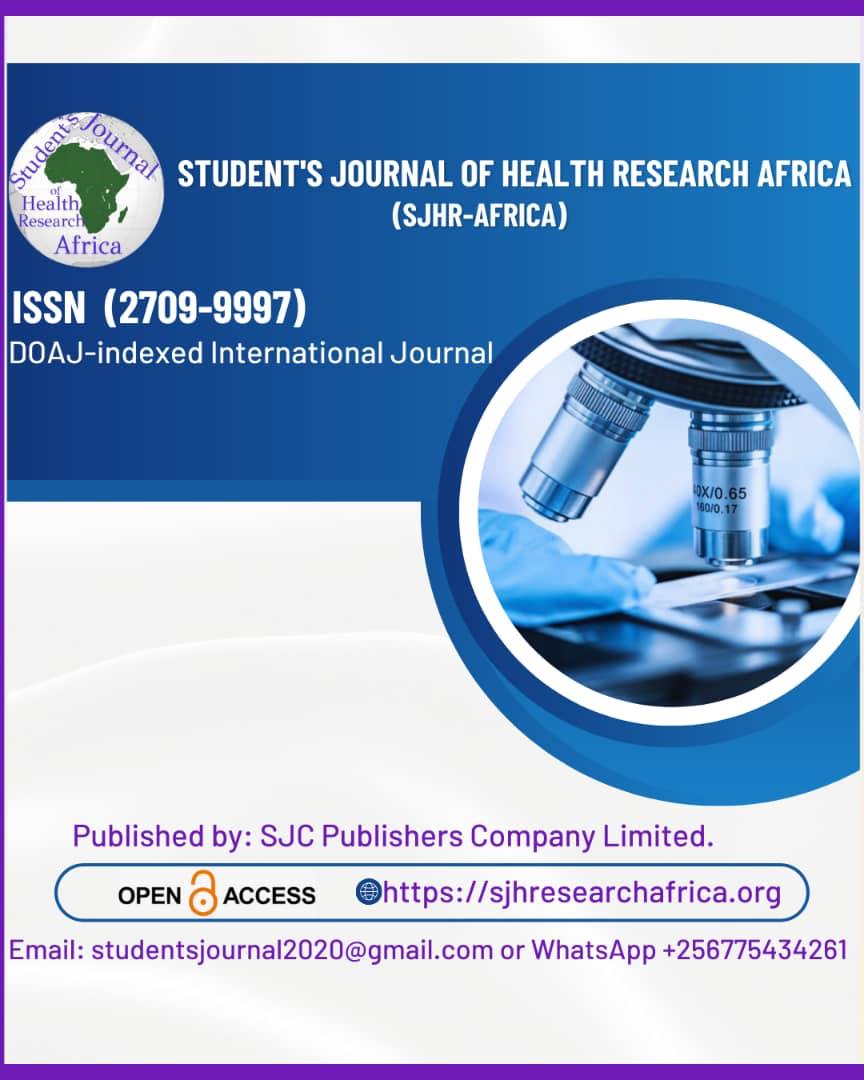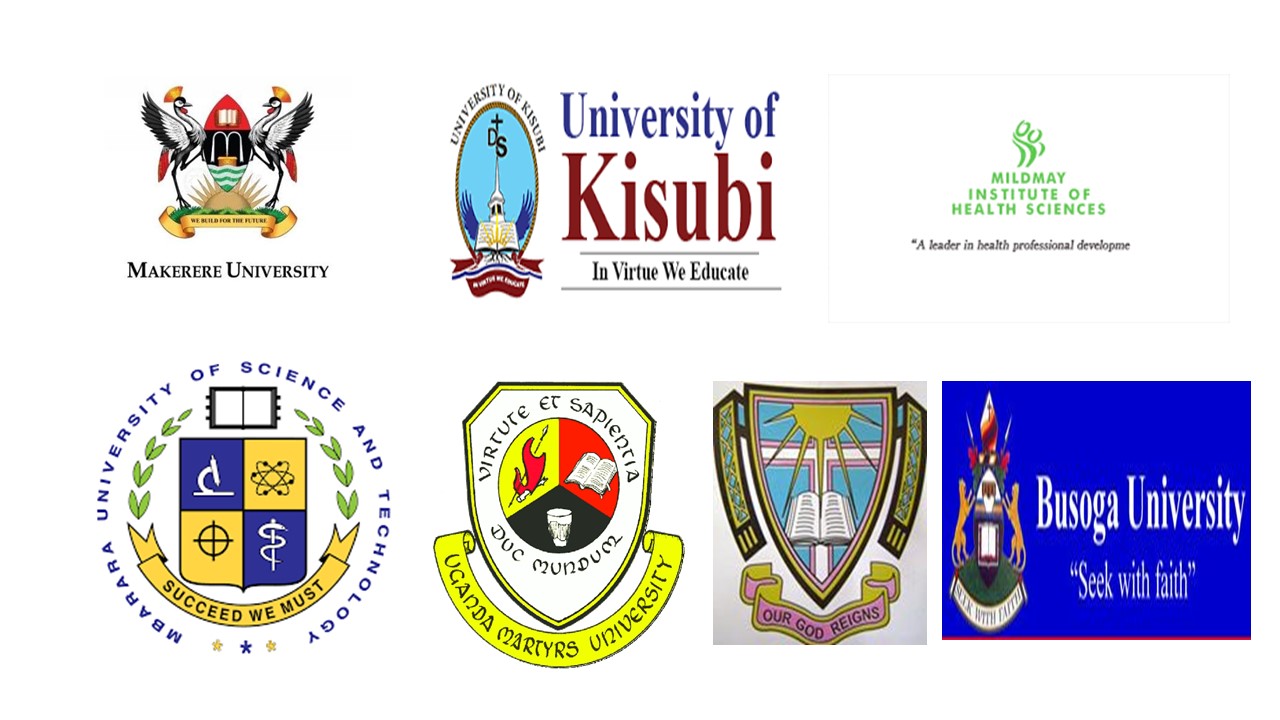Sand as a catalyst for community innovation and sustainable development in Ezakheleni informal settlement, Umlazi, South Africa: A cross-sectional study.
DOI:
https://doi.org/10.51168/sjhrafrica.v6i6.1692Keywords:
Sand usage, local business innovation, Sustainable Development Goals, Community entrepreneurship, Sustainable development, South AfricaAbstract
Background
The use of natural resources, such as sand, is traditionally associated with large-scale industries like construction and manufacturing. However, its potential to drive local business innovation and sustainable development remains underexplored, particularly within South Africa’s pursuit of the Sustainable Development Goals (SDGs). This study aimed to investigate how sand-based entrepreneurship can promote community-driven sustainable development and contribute to achieving SDG-aligned outcomes.
Methods
A mixed-methods approach was adopted. Qualitative data were gathered through in-depth interviews with 45 local entrepreneurs and community leaders across four South African provinces. Quantitative data were obtained by analysing 60 sand-based business ventures, focusing on income generation, employment creation, and contribution to SDG targets. Data were analysed using thematic analysis for qualitative findings and descriptive statistics for quantitative data.
Results
Quantitative findings showed that 67% of the businesses reported income growth of over 30% within two years of operation, while 58% generated permanent employment for 3 to 7 local workers per venture. Additionally, 72% of the businesses reported alignment with SDG 9 (Industry, Innovation, and Infrastructure), and 64% supported SDG 12 (Responsible Consumption and Production). Qualitative insights revealed that integrating traditional knowledge with eco-friendly innovation enhanced both resilience and market appeal. Community participants reported that such ventures contributed not only to income but also to broader social cohesion and local empowerment.
Conclusion
When utilized through innovative and sustainable approaches, sand-based community enterprises can significantly advance local economic development and contribute to South Africa’s SDG commitments.
Recommendations
Policymakers should support sand-based entrepreneurship through funding, training, and regulatory frameworks that promote sustainable resource use. Partnerships between government, academia, and communities are essential to unlocking the full potential of natural resources for inclusive development.
References
Department of Mineral Resources, 2018. Annual Report: Sand Mining in South Africa. Pretoria: Government of South Africa.
GEAS (UNEP Global Environmental Alert Services), 2014. Sand is rarer than one thinks. Thematic focus: Ecosystem management, Environmental governance, Resource efficiency. Nairobi: United Nations Environment Programme.
Kalantari, F., Rajabi, A. and Hoorfar, M., 2020. Innovative applications of sand in sustainable construction: Opportunities and challenges. Construction and Building Materials, 250, p.118746. https://doi.org/10.1016/j.conbuildmat.2020.118746
Krausmann, F., Gingrich, S., Eisenmenger, N., Erb, K.H., Haberl, H. and Fischer-Kowalski, M., 2009. Growth in global materials use, GDP, and population during the 20th century. Ecological Economics, 68(10), pp.2696-2705.
https://doi.org/10.1016/j.ecolecon.2009.05.007
Lakshmi, K., Ashwini Manjunath, B.T., Karthick, T.R. and Manjunath, M.S., 2017. Partial replacement of sea sand and desert sand in place of river sand for mortar in construction. Global Research and Development Journal of Engineering, 2, pp.81-85.
Leal Filho, W., Azul, A.M., Brandli, L., Lange Salvia, A. and Özuyar, P.G., 2020. Sustainable Development Goals: Their Impacts on Natural Resource Use. Cham: Springer.
Mahadevan, R. and Ramachandran, V., 2020. Environmental and economic implications of illegal sand mining: A global review. Journal of Environmental Management, 264, p.110451.
Maya, K. and Saviour, M.N., 2012. Mining and its impacts on the environment: With special reference to India. Current Science, 100(9), pp.1435-1444.
Ramaswamy, V., George, P. and Singh, K., 2021. Innovative resource utilization for sustainable community development: Lessons from global practices. Journal of Environmental Economics and Policy, 10(4), pp.457-471.
Shaji, J. and Anilkuar, R., 2014. Socio-environmental impact of river sand mining: An example from Neyyar River, Thiruvananthapuram district of Kerala, India. IOSR Journal of Humanities and Social Science, 19(1), pp.1-7.https://doi.org/10.9790/0837-19150107
Singh, R., Gupta, S. and Sharma, N., 2020. Artisanal resource use and its socio-economic implications: A study of small-scale industries. Journal of Sustainable Development Studies, 13(3), pp.223-240.
Statistics South Africa, 2022. Quarterly Labour Force Survey. Pretoria: Statistics South Africa.
Stebbins, S., 2006. Environmental degradation due to sand mining. Environmental Science Journal, 22(4), pp.211-223.
Steinberger, J.K., Krausmann, F. and Eisenmenger, N., 2010. Global patterns of materials use: A socioeconomic and geophysical analysis. Ecological Economics, 69(5), pp.1148-1158. https://doi.org/10.1016/j.ecolecon.2009.12.009
Thives, L.P., Ghisi, E. and Júnior, J.J.T., 2022. An outlook on the management of construction and demolition waste in Brazil. Cleaner Materials, 6, p.100153. https://doi.org/10.1016/j.clema.2022.100153
Torres, A., Brandt, J., Lear, K. and Liu, J., 2017. A looming tragedy of the sand commons. Science, 357(6355), pp.970-971. https://doi.org/10.1126/science.aao0503 PMid:28883058
UNEP, 2019. Sand and Sustainability: Finding New Solutions for Environmental Governance of Global Sand Resources. Nairobi: United Nations Environment Programme.
Van der Meulen, M.J., et al., 2022. Sustainable use of sand in urban construction. Resources Policy. [online] Available at:https://www.journals.elsevier.com/resources-policy.
Downloads
Published
How to Cite
Issue
Section
License
Copyright (c) 2025 Sibonelo Thanda Mbanjwa

This work is licensed under a Creative Commons Attribution-NonCommercial-NoDerivatives 4.0 International License.






















